
Review on Syba Compact Adapter Enclosure SD ADA45006 by Nathan Kumar

Cheap SSD to replace laptop hard drive
A nifty little adapter makes the compact flash card look like a 44-pin 2.5" laptop drive. It has LEDs that indicate power and drive activity. "upside down" with likely catastrophic consequences. Make sure you remember "Contact 1". Pin 1 is marked on the board with a square copper pad. You may need to break one of the pins on the 44-pin connector to secure the connector. Carefully examine the drive you are replacing to determine which pin needs to be broken. Again, make sure that pin 1 does not accidentally tip the drive over. Formatting for DOS 6.20: Remove the old hard disk, replace this module. I used a CF card from SanDisk "ULTRA". You need a fast card, and you need a card that has the wear leveling problem solved. The file allocation table requires many accesses, and EEPROM flash-based technologies have a history of write stability issues. I've already received a lot of emails from SanDisk regarding this. Their ULTRA series includes advanced wear leveling algorithms that keep me from killing the FAT zone. As you know, when the FAT is corrupted, the data becomes inaccessible as the operating system has no idea where it is. By the way, the CF cards of the ULTRA series have a lifetime guarantee. Boot from a boot disk that contains at least the system command.com, fdisk.exe, format.com. Use FDISK to remove the existing NON-DOS primary partition (it's actually formatted in FAT32, but early FDISK doesn't know anything about FAT32). Create a new main partition. My device had an 8 GB CF card installed. FDISK saw only 1GB. I went ahead and created a 1GB FAT16 primary partition. reboot. Again use FDISK to delete the 1GB partition you just created, but now FDISK should see all 8GB of space. Create a 2GB primary partition and a 6GB extended partition. Mark the primary partition as active. Create three more 2GB DOS disks on the extended partition. Remember that the old BIOS and DOS do not recognize anything larger than 2 GB. If you keep going back to it, you might not even be able to format that. Now you can format C:/S to format your main partition as C: and transfer your system files to it. Now you need to use FDISK /MBR to copy the Master Boot Record to the C: drive. You should now be able to boot straight into DOS from your new CF-based SSD! Go ahead and format D:, E: and F:. You now have 4 hard drives with 2 GB each! One thing about SSDs like this. You never have to defragment it. The "seek time" is the same no matter where the operating system points to the next sector. Enjoy. And give yourself a pat on the back for buying a fast CF card. Other reviewers noted some mechanical inconsistencies. In my case, the physical dimensions of the filled CF drive and the drive it replaced were the same. Yes, the pins were about 1/16 inch longer than the pins on the hard drive they replaced. The mounting holes on the side of the plastic case were different than my hard drive, but since the mounting hardware I have has slots, that wasn't a problem for me. For keeping ancient dinosaurs alive, this little device is hard to beat.
- New
- Slightly torn
New products
Comments (0)
Top products in 💾 External Solid State Drives
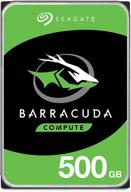
Seagate BarraCuda 500GB Internal Hard Drive HDD - Reliable, High-Speed Storage Solution for Desktop PC - SATA 6 Gb/s, 7200 RPM, 32MB Cache (ST500DM009)

11 Review
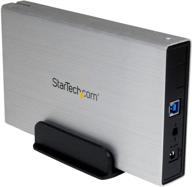
🔒 StarTech.com 3.5in Silver Aluminum USB 3.0 External SATA III SSD / HDD Enclosure with UASP - Portable USB 3 3.5" SATA Hard Drive Housing (S3510SMU33)

10 Review
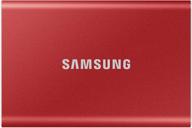
🔴 Renewed Samsung Portable SSD T7 500GB USB 3.2 External Solid State Drive Red

20 Review
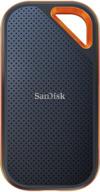
💾 SanDisk 2TB Extreme PRO Portable SSD - Ultra-Fast Speeds up to 2000MB/s - USB-C, USB 3.2 Gen 2x2 - High-Performance External Solid State Drive - SDSSDE81-2T00-G25

10 Review
Another interesting products
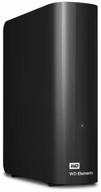
18 TB External HDD Western Digital WD Elements Desktop, USB 3.0, black

95 Review
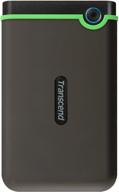
Shock-Resistant Transcend StoreJet 25M3 USB 3.1 Slim Portable Hard Drive with 500GB Capacity

99 Review

2 TB External HDD ADATA DashDrive Durable HD650, USB 3.2 Gen 1, Blue

55 Review
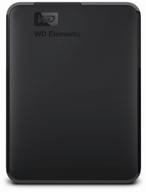
2 TB External HDD Western Digital WD Elements Portable (WDBU), USB 3.0, black

84 Review

